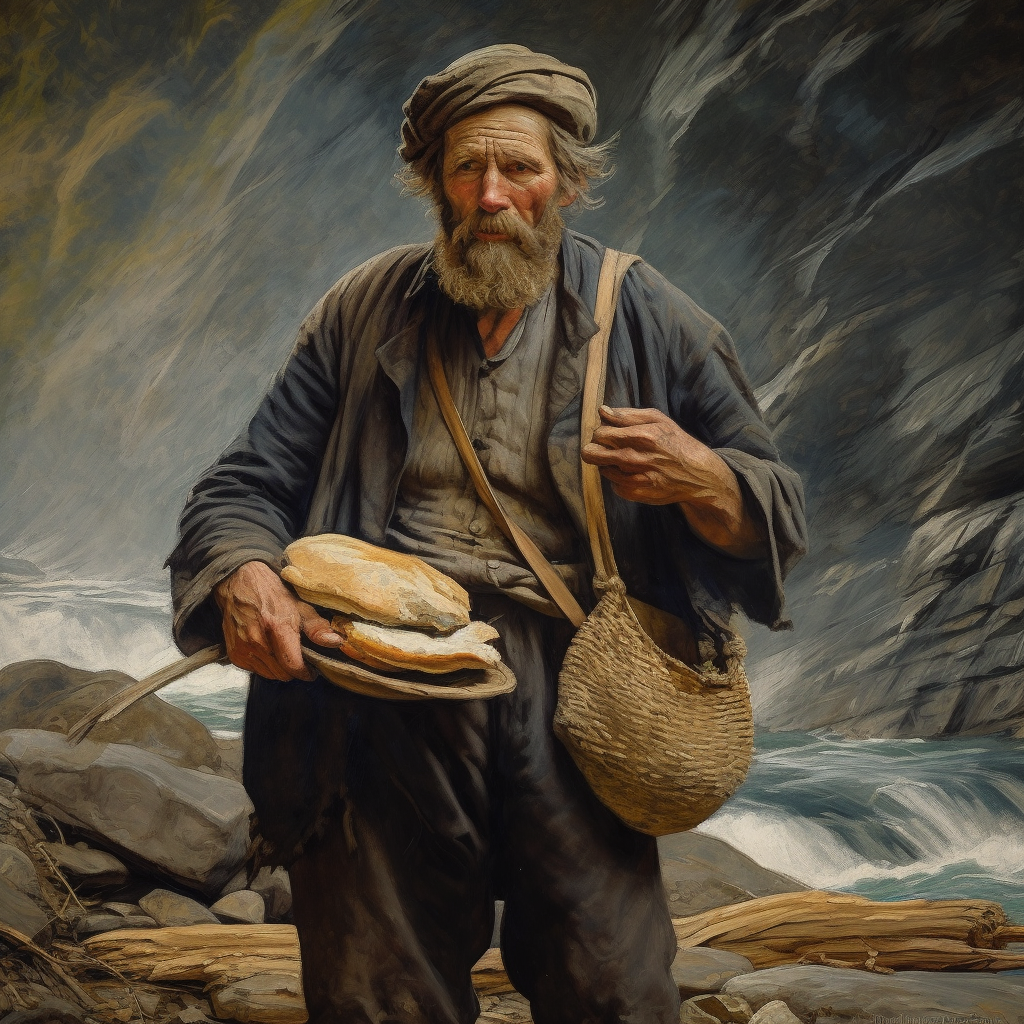Sourdough and the California Gold Rush: A Tasty Tale of Resilience and Innovation
One of the most iconic times in American history, the California Gold Rush, was a pivotal event not just for the tens of thousands of people who flocked to the West Coast in the mid-1800s, but also for the humble sourdough. In fact, the gold miners, or ’49ers, were often referred to as “sourdoughs” because of their reliance on this robust bread during those harsh conditions. Here, we delve deeper into how sourdough had a significant impact on the society of the Gold Rush era and beyond.

A Miner’s Lifeline
The Gold Rush wasn’t all glittering nuggets and instant wealth. It was hard, grueling work, often conducted in remote and challenging environments. Those seeking their fortunes needed a reliable, nutritious food source that could withstand the elements, and sourdough fit the bill perfectly.
The process of creating sourdough involves fermentation, with natural yeasts and bacteria forming a “starter” that can be used to leaven bread. This starter, made from flour and water, is a living thing that, when fed regularly, can last indefinitely. Miners would often carry a pouch of sourdough starter with them, using it to make bread, biscuits, and flapjacks on the go.
A Cultural Icon
Sourdough became such a staple of life during the Gold Rush that it influenced the language and culture of the time. Miners who carried starters with them were referred to as “sourdoughs,” a term that later became a nickname for experienced miners or old-timers. It’s a moniker that persists today in Alaska and the Yukon, regions that experienced their own gold rushes later in the 19th century.
Moreover, sourdough’s popularity led to innovation in the culinary world. The Gold Rush era saw the creation of unique dishes like the sourdough flapjack and sourdough biscuits, recipes that have survived to the present day.

Beyond the Gold Rush
The legacy of sourdough didn’t end with the Gold Rush. Once the Gold Rush era passed, sourdough remained a cornerstone of Californian cuisine. In fact, it’s impossible to think about San Francisco, the heart of the Gold Rush, without thinking of its world-renowned sourdough bread.
In a broader sense, the use of sourdough during the Gold Rush represents the resilience and adaptability of humans in the face of adversity. Faced with harsh conditions and limited resources, those enterprising Gold Rush prospectors found a way to not only survive but thrive, thanks in no small part to the versatility and nutritional value of sourdough bread.
Sourdough’s impact on the Gold Rush era is a testament to its timeless appeal and adaptability. This humble bread, born of the simplest ingredients, sustained miners through a historical epoch and became a culinary and cultural icon in the process. As we bite into a tangy piece of sourdough today, we’re not just enjoying a delicious meal – we’re also tasting a piece of history.